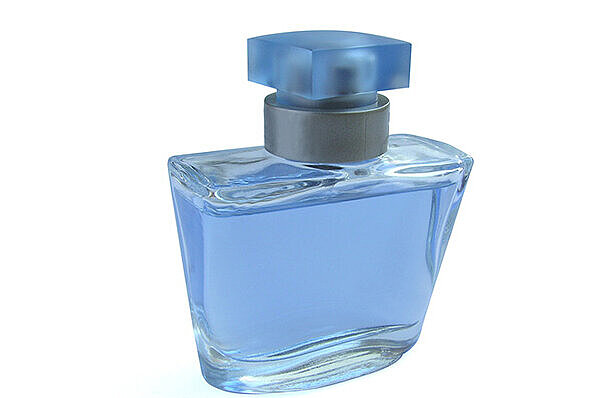Coating glass bottles and metal cans with quality color finishes
Glass is traditionally produced in base colors of white, green, or brown. To manufacture more sophisticated glass packaging, many products, such as cosmetic packaging, are colored after the fact. Metal drink containers also require decorative coloration to be attractive to the end consumer.
For both types of packaging, high quality standards are required for the color application. The all-purpose, potential-free Openair-Plasma® process is an especially effective support for this coating process.
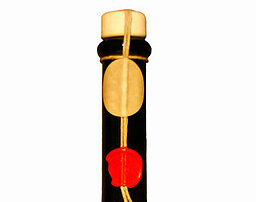
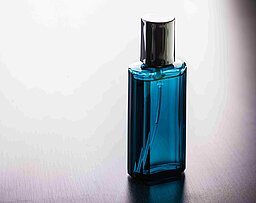
The advantages of pretreatment with Openair-Plasma® include (among others):
- Micro-fine plasma cleaning to remove clinging organic particles and impurities
- Use of innovative coating processes possible with plasma coating and alternative color systems (UV coatings, solvent-free coatings)
- Reduce scrap rate (error rate)
- Easy to integrate plasma jets in flatbed and spindle coating systems
Best ink adhesion for screen printing on glass – including on bottles with polymer coating
In the final step in the manufacturing process, glass is coated to avoid damage and scratches on bottles due to friction during transport.
Afterward these glass bottles are generally printed in a screen printing process. The type of coating that was performed during manufacturing determines if the printing ink used can bond well. To ensure a strong bond and even coloration, especially on polymer coating, plasma activation is required to increase surface tension.
Thanks to its robust jet systems and simple inline integration, Openair-Plasma® technology offers an optimal solution for creating the necessary surface activation on the glass containers.
Environmentally responsible glass satinizing – for a sophisticated look and feel
Openair-Plasma® pretreatment is an environmentally responsible alternative to conventional sand or aluminum oxide blasting or hydrofluoric acid treatment. Thanks to the micro-fine surface pretreatment with plasma, the adhesion capacity of the glass surface can be precisely increased. This ensures that the powder applied during the satinizing process reliably bonds during subsequent firing.
The Openair-Plasma® process is integrated inline in the satinizing equipment. This shortens the entire process and reduces the technology required. And that makes the plasma process more interesting from a cost perspective as well.
Interesting success stories in this field
Labeling coated glass, bubble-free no-label look
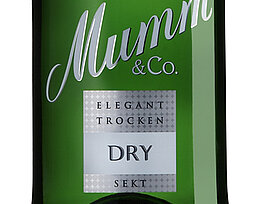
Wet labeling glass is usually not a problem because the surface of glass is polar and wettable with water. But if the glass container has been coated with a polymer coat, targeted pretreatment is required to get the casein glue that is typically used to bond.
The RD1010 Openair-Plasma® jets, which can be integrated inline, activate the surface to increase the wettability of the coated glass, with low temperature impact.
Self-stick labels with the no-label look are used for sophisticated designs. Plasma pretreatment achieves both micro-cleaning (plasma cleaning) and targeted increase in surface tension. This way, bubble-free application of these labels is greatly simplified by using Openair-Plasma®.
Tamper-evident labels – strong bonding on glass and metal thanks to Openair-Plasma® pretreatment
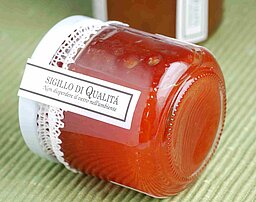
Plasma pretreatment of bottle and glass closures prior to labeling was one of the earliest standard applications of the Openair-Plasma® process.
To ensure the integrity of a package’s contents, a tamper-evident closure or tax label is required. These seals must be glued from the main label (on glass) up over the closure (metal or plastic).
The closures that are used are produced in a cold forming process that uses lubricants that can leave remnants residues on the surface of the closure that require micro-cleaning prior to adhesiongluing.
After Openair-Plasma® Plasma pretreatment, the entire labeling of both the main label and the seal label can be accomplished with the same adhesive.
Food-safe Nano-coating appropriate for food with for optimal corrosion protection and quality imprinting on tubes and cans.
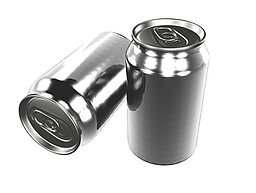
When aluminum cans and tubes are used, additional interior and possibly even exterior coating is required, especially in the food industry because direct contact between the product and the packaging can lead to aluminum corrosion, and the food could spoil. Processing steps like pasteurization increase corrosive impact on packaging as well.
With the PlasmaPlus® coating technique, plasma jets deposit micro-fine glass-like nano-coats. These nano-coats form a highly effective protective film on the packaging with minimum material usage. Plasma coats also provide a perfect primer for quality imprinting.
